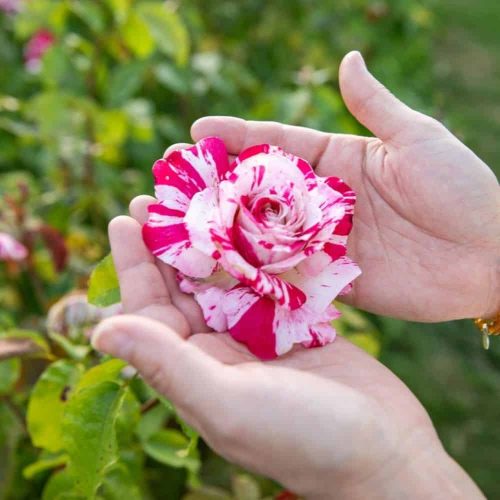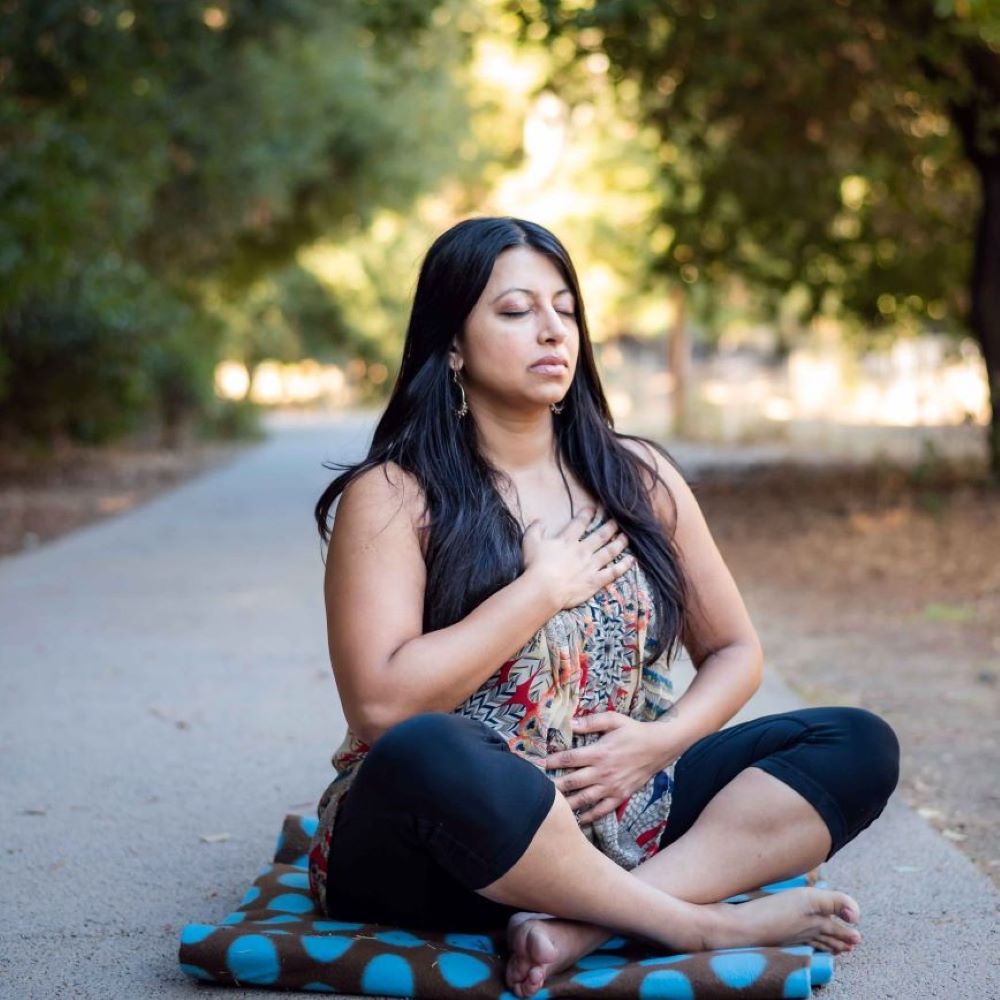“Out beyond ideas of wrongdoing and right-doing,
there is a field. I’ll meet you there.
When the soul lies down in that grass,
the world is too full to talk about.
Ideas, language, even the phrase each other
doesn’t make any sense.”Rumi
I appreciate non-thinking, non-duality, and being in that space Rumi describes as “beyond wrongdoing and right-doing” even though the only time I truly feel “in the zone” is when practicing yoga, meditating, or practicing reiki.
Reiki makes me feel wholly and fully myself. There is no pretense, no trying, no effort. When I practice reiki, it’s the only time I feel free: like entering a space that is truly authentic, loving, safe, and connecting back to my truest nature.
It is said that the Dalai Lama can see everyone’s nature of boundless love and compassion and can reflect it back to us, which is often what brings people to tears when they meet him. If you have ever had a pet, you may have noticed that animals have a special way of connecting us to our essence as well. How beautiful yet challenging this can be because we often cannot see this nature in ourselves and forget that we embody pure love.
Reiki drops the receiver and practitioner into a space that feels limitless, spacious, timeless, and full of potential. That is why when I practice or receive reiki, I easily lose track of time.
As profound as reiki is, there are still several misconceptions circulating the internet about it that I would like to clear up. One is that it is possible to give reiki to someone without their permission. This is not possible. If a reiki practitioner attempts to give reiki to anyone without their express permission, their body will simply not receive it. Perhaps it is the law of the universe, but if there is not a will there is no “way,” so to speak. In addition, reiki is often pejoratively referred to as a “pseudoscience.” Even though there is no scientific data directly detailing its efficacy, the research that has been conducted has found it to be beneficial. For example, a 2014 UK Cancer Research study found that reiki could help alleviate pain and help with anxiety. In addition, the National Library of Medicine in a 2017 study concluded that reiki can be used for palliative care and help to reduce stress. More direct and documented research would be helpful; however, the existing research outcomes have been positive overall. Finally, reiki is not a religion. Even though it does have roots in Buddhism, it is not a religion and should not be treated as such. A person also does not need to be Buddhist to administer or receive reiki treatment.
Reiki has been around for thousands of years, and some say since the beginning of time. It was “discovered” in the mid-1800s by Mikao Usui who had a vision of white light and at the same time saw the three reiki symbols before him. And yet, it is still considered a “new” modality, and with any new modality, it is subject to scrutiny. True to Buddhist teachings though, questioning and putting new ideas to the test are essential in order to find out for oneself if it is truly authentic. Therefore, I invite you to explore and investigate reiki for yourself. Common side effects are less stress and anxiety, connecting to that spaciousness within, and greater overall wellness. I highly recommend it.














One reply on “Understanding Reiki”
Thank you Paulette for sharing! I really miss your yoga class that had reiki during savasana.